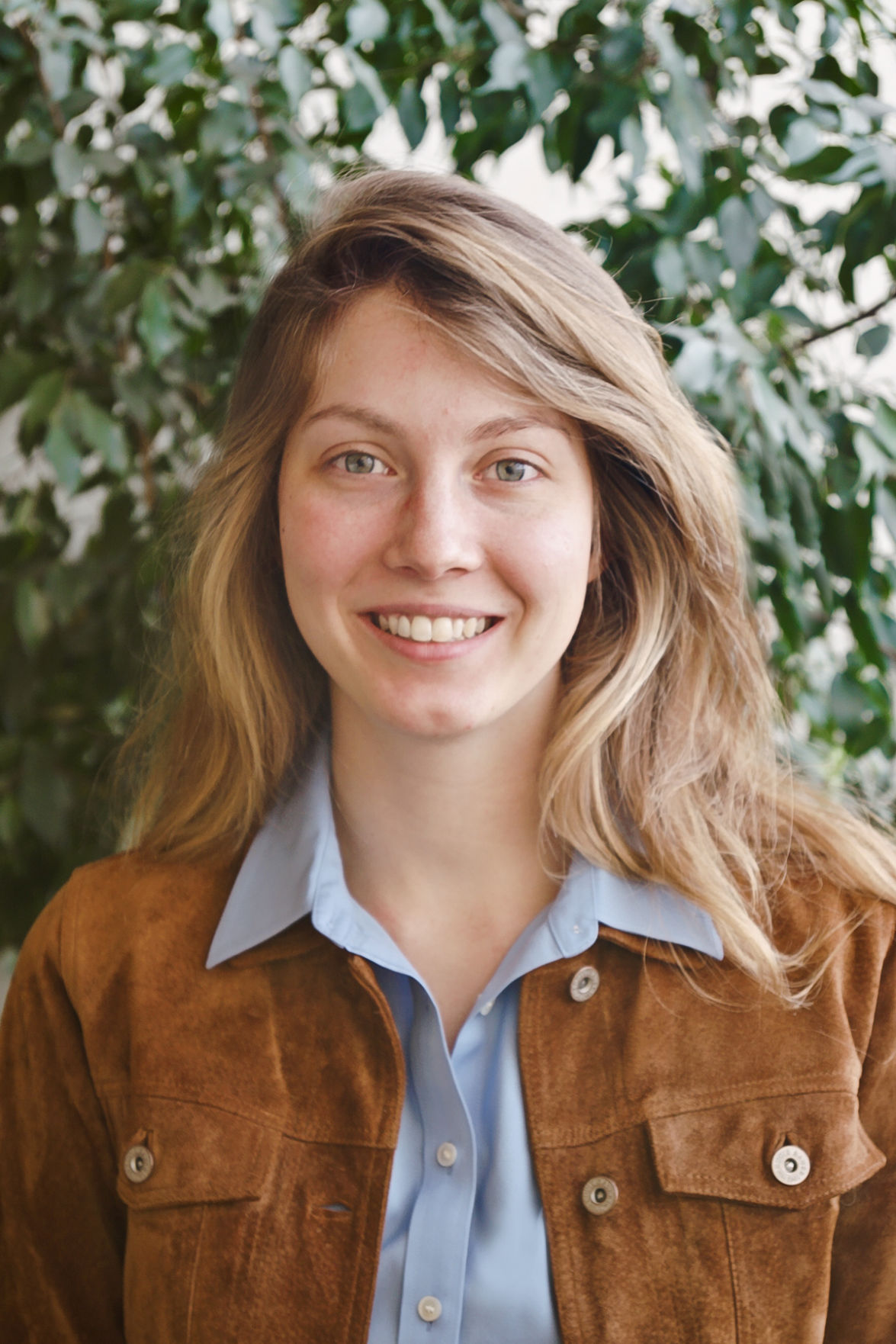If your garden resembles a mulch bed more than a flowerbed—with one plant here, one plant there, and stretches of wood chips in between—it might be time for a change.
A good alternative is the use of garden weavers. Garden weavers are short, spreading plants that hug the ground to prevent erosion and suppress weeds. Think of them as living mulch1, weaving between showy plants like threads in a tapestry. They may not have striking forms or pretty flowers, but that’s okay because their purpose is functional: to fill the nooks and crannies of your garden so weeds do not. Optimal species are shade-tolerant and have evergreen or semi-evergreen foliage, which is true of many of our native sedges and groundcovers.
Why not mulch?
Mulch costs money and needs to be reapplied every few years. It also has a habit of choking out perennials, prairie plants in particular, which might be why so many landscapes are dominated by it. Moreover, mulch falls short from a conservation perspective. It takes the place of plants that could serve as critical food sources for beneficial insects and does little to help clean water or prevent runoff.
Garden weavers can do what mulch can’t by connecting individual plants to make a functioning, stable community. If you let them, garden weavers multiply to become more effective over time—no reapplication or replanting necessary. As these plants grow together, their root systems improve the soil’s capacity to slow and filter water, which helps prevent flooding and stream pollution.
Furthermore, many species provide quality habitat. Violets, for example, are the sole food of fritillary butterflies in caterpillar stage.
How do I use garden weavers?
Place them where you would normally put mulch, between showy plants as an understory layer. Arrange your showy plants first; close enough so that they will touch when they reach full size. Then fill the remaining bare spots with garden weavers set 10-12 inches apart. The goal is complete soil coverage once they mature.
Such close spacing requires many plants, which can mean more money up front, but don’t skimp since this is your primary system of long-term weed control. Try purchasing plants in small sizes, using seed to reduce costs or planting in phases so you can divide them for new areas.
What about weeds, especially the first year?
As with any garden, keeping weeds in check is important early on while plants get established. One method is to pull them by hand and sow seeds over the disturbed soil left behind. Another option is to carefully spot-spray weeds with a foliar herbicide, risking damage to your plants. Applying a temporary mulch or pre-emergent herbicide during the first season prevents weed seeds from sprouting, but is incompatible with using seeds to plant. It may take some time to see what works best.
Since garden weavers hide from view below taller foliage, you can use several kinds without compromising the look you want. Maximizing diversity also benefits wildlife and ensures better coverage.
For sunny areas in the Midwest, some of the best weaving groundcovers are:
- Purple Poppy Mallow, Callirhoe involucrata
- Heath Aster, Symphyotrichum ericoides
- Prairie Ragwort, Packera plattensis
- Prairie Alumroot, Heuchera richardsonii
- Common Blue Violet, Viola sororia
For shadier areas:
- Sedge, Carex pensylvanica, texensis or appalachica
- Barren Strawberry, Geum fragarioides
- Spotted Cranesbill, Geranium maculatum
- Foam Flower, Tiarella cordifolia
- Wild Ginger, Asarum canadense

